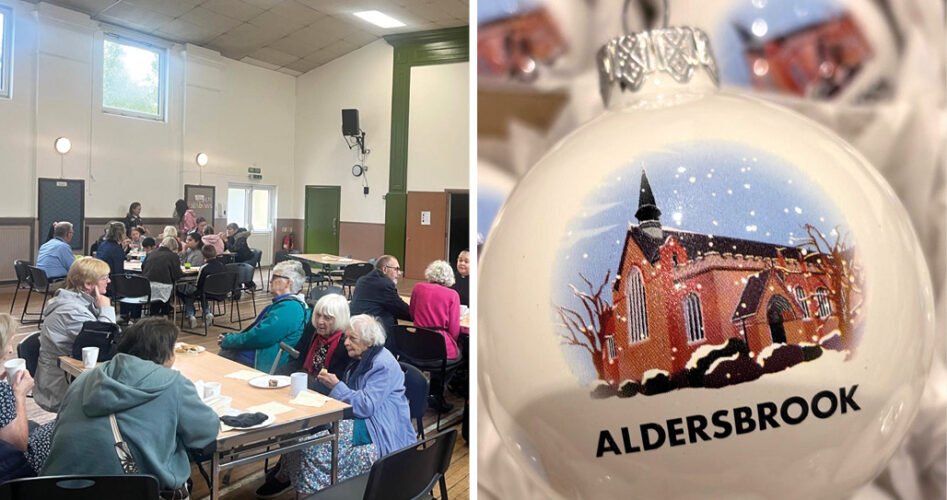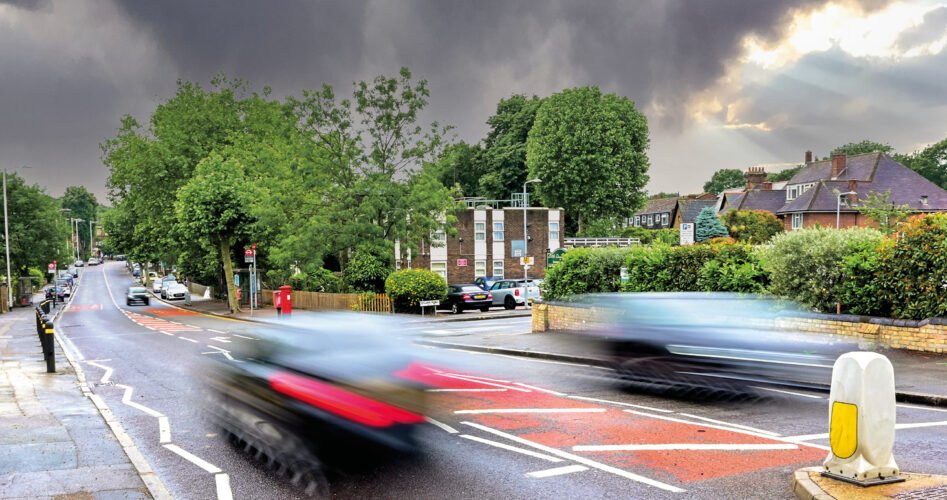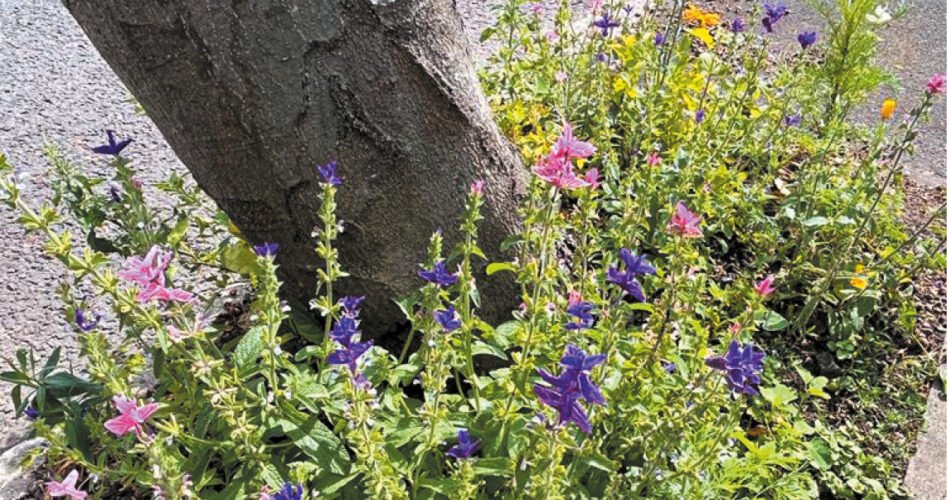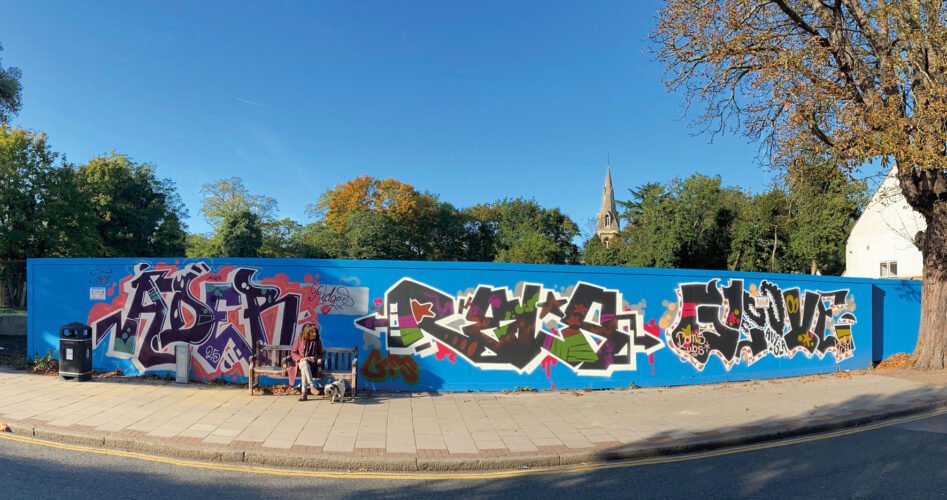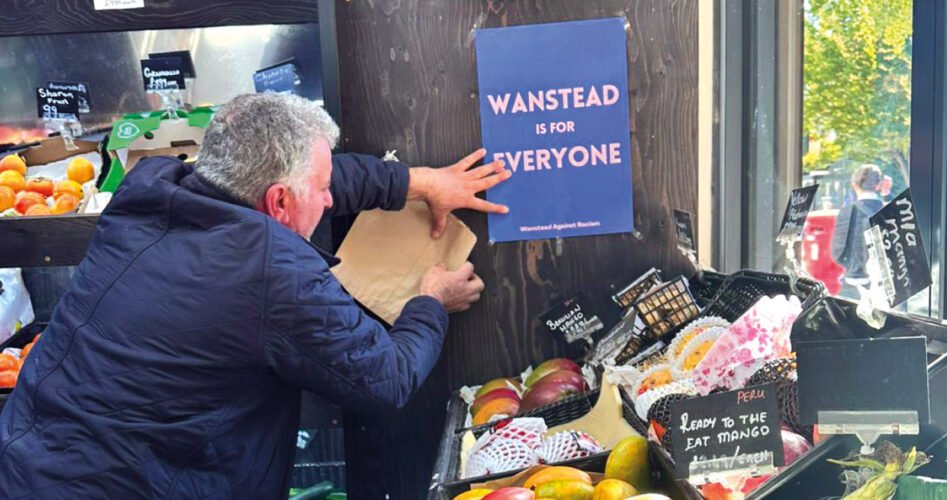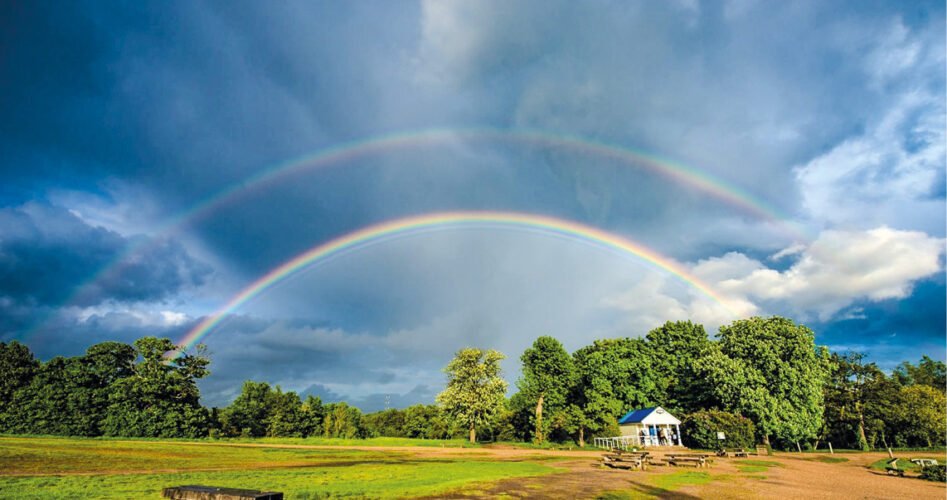Markets, music and magical moments will make Wanstead merry this festive season. It’s time to celebrate with the community. Kris Kringle reports
As frosty mornings paint the rooftops white and fairy lights brighten the early evenings, Wanstead readies itself for a season of festive delight. It’s a time to connect with neighbours, enjoy traditions and share in the celebrations. Here are some local festive events you can enjoy with family and friends.
Jack and the Beanstalk
5, 8 and 11 December; 5pm (tickets: £12.50)
Redbridge Drama Centre, South Woodford
A pop-up panto.
The Flamingo Christmas Fair
6 December, 11am to 4pm (free entry)
Wanstead Library, Spratt Hall Road
Gifts, decorations and festive finds.
Christmas Makers Market
6 December, 11am to 4pm (free entry)
Christ Church hall, Wanstead Place
Handmade products from local creatives.
The Duke Christmas Market
6 December, 12 noon to 6pm (free entry)
The Duke, 79 Nightingale Lane
Stalls, food, drink and festive fun.
Wanstead Christmas Markets
7 and 20 December; 10am to 4pm
High Street, Wanstead
Wanstead’s monthly market (first Sunday of the month) will be followed by an extra festive event on Saturday 20 December.
Winter Wonderland
7 December; 11am to 5pm (free entry)
Christchurch Green, Wanstead
A day of festive fun in support of the Mayor of Redbridge’s chosen charities.
Christmas Concert: Musical Theatre
9 December; 7.30pm (tickets: £7)
St Mary’s Church, Overton Drive
Join the Leytonstone Musical Theatre Choir for an evening of epic tunes and Christmas joy.
Cakes and Carols
13 December, 1.30pm to 4pm (free)
Wanstead United Reformed Church
A free event for over-65s with homemade cakes and performances by local musicians.
Santa’s Christmas Workshop
from 13 December; various times
(adults: £7; children: £15)
Redbridge Drama Centre, South Woodford
Meet Santa at his workshop, where preparations are underway for the big day. After a show by the elves, you’ll make a Christmas decoration you can take home.
The Wonderful Wizard of Oz
from 14 December; various times
(adults: £17.50; children: £15)
Redbridge Drama Centre, South Woodford
A Redbridge Creates production.
Community Carols on the High Street
17 December, 7pm
Wanstead War Memorial
Led by the Parish of Wanstead to raise funds for Centrepoint.
Santa’s Wanstead Drive-By
18 December, from 4.30pm
Santa will embark on a pre-Christmas tour of Wanstead, chauffeured through the streets by Elf Steve Hayden aboard his Parker Dairies milk float.
Dick Whittington
from 1 January; various times (£19)
Sir James Hawkey Hall, Woodford Green
A production by the award-winning Woodford Pantomime, which has brought joy, laughter and magic to the community since the 1960s.
Local school and church events
Festive fun, gift stalls, special events and services – too many to include here, so check the full listings to see what’s on.
For more information on these and other Christmas events in and around Wanstead, visit wnstd.com/christmas25



